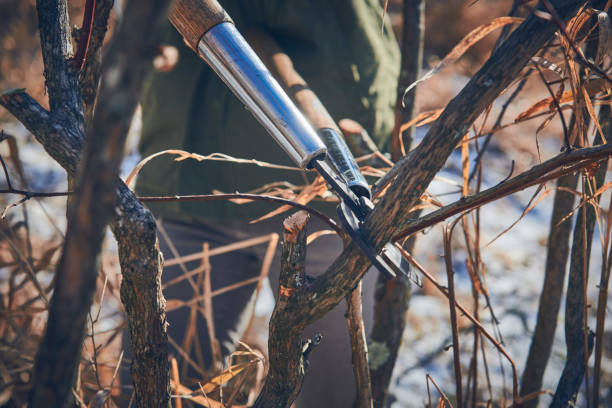When it comes to keeping your trees healthy and looking their best, timing your trimming efforts correctly can make all the difference. You might not realize it, but pruning at the right time of year, like late winter or early spring, can promote robust new growth and reduce disease risk. Different species have specific needs, too. For example, oak trees are best trimmed in winter. What happens if you ignore these guidelines? The consequences might surprise you. Let’s explore how precise timing can transform your tree care approach.
Benefits of Seasonal Trimming
When it comes to maintaining the health and appearance of your trees, seasonal trimming offers several key benefits. First, regular trimming helps promote healthy growth. Removing dead or diseased branches prevents the spread of any potential infections, ensuring your tree stays strong and vibrant. You’ll also find that proper trimming encourages new growth by allowing more sunlight and air to reach the inner branches and leaves.
Another significant advantage is safety. Overgrown branches can pose hazards, especially during storms. By trimming these branches, you reduce the risk of them snapping off and causing damage to property or harm to people. It’s a proactive measure that keeps your surroundings safer.
Aesthetically, seasonal trimming keeps your trees looking their best. It shapes the canopy and maintains a balanced appearance, enhancing your property’s overall landscape. This can even boost curb appeal and property value.
Lastly, trimming can improve fruit and flower production. Cutting back certain branches directs the tree’s energy into producing healthier, more abundant fruits and blooms. So, not only do you get a more beautiful tree, but you’ll also enjoy a more fruitful one.
Optimal Times for Pruning
Identifying the optimal pruning times is crucial for ensuring your trees thrive. Knowing when to trim can significantly impact the health and growth of your trees. Generally, late winter to early spring is considered the best time for most trees. During this period, trees are still dormant, and pruning can stimulate new growth as soon as the weather warms up. Additionally, fewer leaves make it easier to see the tree’s structure and make precise cuts.
On the other hand, summer pruning can help control or slow down the growth of branches you don’t want. Pruning after the seasonal growth has occurred can also help you manage the size and shape of your tree more effectively. However, avoid heavy pruning during the hot summer, as it can stress the tree.
Fall is typically not recommended for pruning because decay fungi spread their spores profusely during this season, and wounds tend to heal more slowly on fall-pruned trees. Planning your pruning activities according to these optimal times can promote healthier growth, maintain the desired shape, and prevent potential issues.
Species-Specific Guidelines
Different tree species have unique pruning requirements that can significantly impact their health and growth. You can’t just grab your shears and start hacking away. For instance, oak trees are susceptible to pruning during their growing season because they’re susceptible to oak wilt, a deadly fungal disease. Pruning these trees in the winter, when they’re dormant, minimizes this risk.
If you’ve got maple or birch trees, you should know that they “bleed” sap if pruned in late winter or early spring. While this doesn’t necessarily harm the tree, it can be unsightly and attract pests. So, it’s better to trim these species in late spring or early summer after their leaves are fully developed.
Fruit trees like apples and cherries benefit from late winter pruning. This timing ensures that the tree’s energy is directed toward producing fruit rather than excessive new growth. But if you’re dealing with evergreens like pine or spruce, late spring or early summer is your best bet, as these trees heal fastest during their growing season.
Knowing when and how to trim different tree species helps maintain healthy and beautiful trees in your yard. Don’t overlook these nuances; your trees will thank you!

